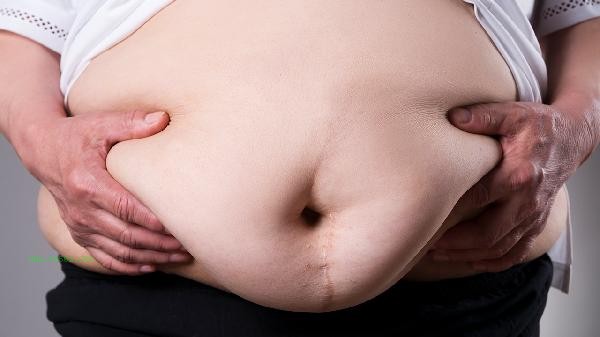Preventing hypoglycemia during dieting and weight loss requires a balanced diet, regular eating habits, selection of low sugar foods, monitoring of body signals, and moderate exercise. Hypoglycemia may cause symptoms such as dizziness and fatigue, and it is necessary to scientifically adjust weight loss strategies.

1. Balanced diet:
The daily intake of carbohydrates, proteins, and fats should be reasonable to avoid completely cutting off carbohydrates. It is recommended to include whole grains, lean meat, vegetables, etc. in each meal, such as oats, chicken breast, broccoli combination, carbohydrates provide basic energy, protein prolongs satiety, and reduces the risk of sudden blood sugar drop.
2. Regular eating:
Eat every 3-4 hours to avoid prolonged fasting. Can arrange 3 main meals+2 additional meals, with options for sugar free yogurt or a small amount of nuts as additional meals. Regular eating can stabilize insulin secretion and prevent hypoglycemic reactions caused by excessive blood sugar fluctuations. 3. Low glycemic index foods:
Prioritize foods with a glycemic index below 55, such as brown rice, quinoa, apples, etc. This type of food has slow digestion and absorption, with a gradual increase in blood sugar, avoiding the sudden rise and fall in blood sugar caused by refined sugar and desserts. Keep food fiber when cooking, such as steaming potatoes with skin on.

4. Physical monitoring:
Pay attention to early signs of hypoglycemia such as hunger, hand tremors, and cold sweat. A portable blood glucose meter can be used as a backup for testing. If the fasting blood glucose is below 3.9mmol/L, it is necessary to promptly supplement with 15 grams of fast carbon, such as half a banana. Record the time of daily symptom onset and adjust the diet plan accordingly.
5. Moderate exercise:
Avoid exercising on an empty stomach and consume a small amount of carbohydrates one hour before exercise. Moderate to low-intensity exercises such as brisk walking and yoga are safer, with a duration controlled within 60 minutes. supplementing protein and slow carbon after exercise, such as pairing eggs with whole wheat bread, can promote a smooth recovery of blood sugar. During the dieting and weight loss period, it is necessary to ensure the daily basal metabolic energy requirement, with no less than 1200 calories for women and no less than 1500 calories for men. Adding foods rich in chromium elements such as broccoli and beef can help regulate blood sugar levels. Lack of sleep can exacerbate blood sugar fluctuations, it is recommended to maintain 7 hours of high-quality sleep. If hypoglycemia symptoms occur frequently, extreme dieting should be suspended and a nutritionist should be consulted to adjust the plan. If necessary, glucose tolerance testing should be performed to rule out pathological factors. Long term healthy weight loss is recommended to lose 0.5-1 kg per week, combined with strength training to maintain muscle mass. Muscle tissue can improve basal metabolism and enhance blood sugar regulation ability.




Comments (0)
Leave a Comment
No comments yet
Be the first to share your thoughts!